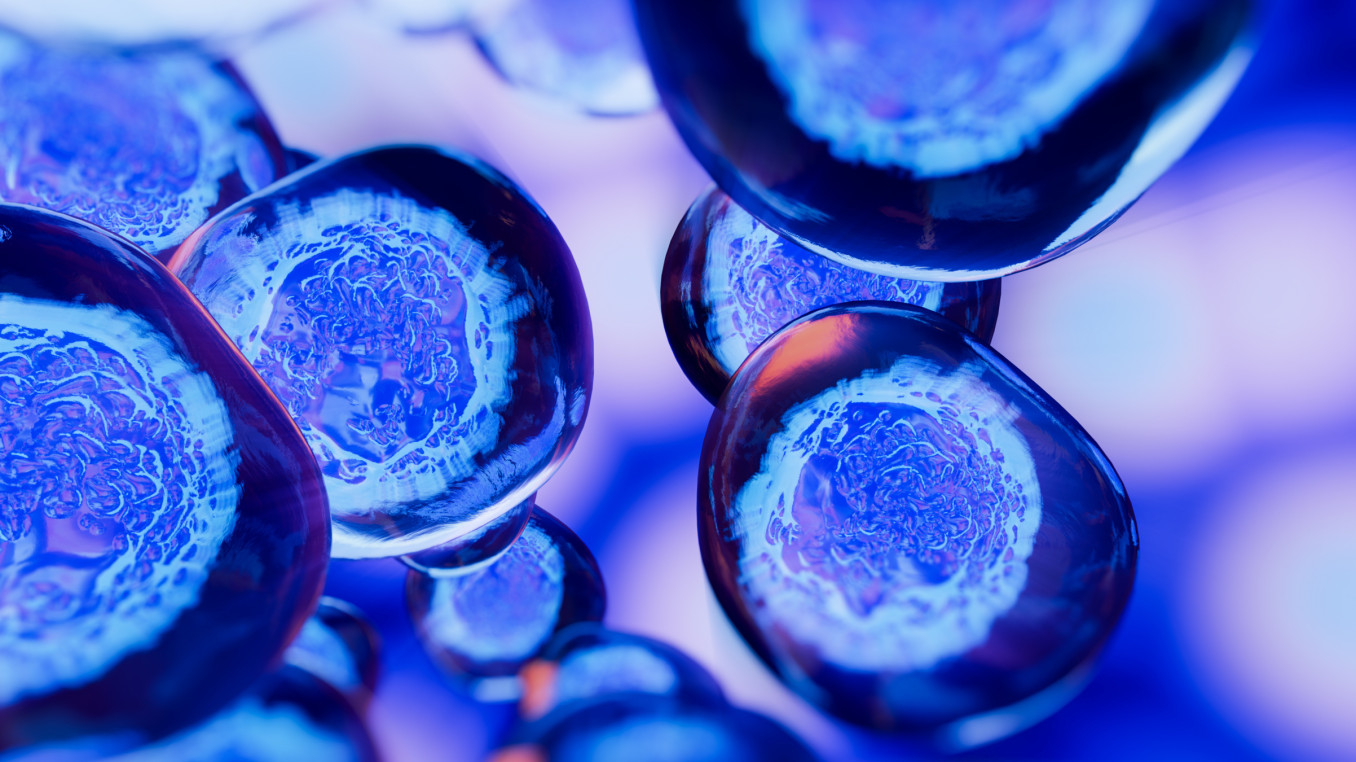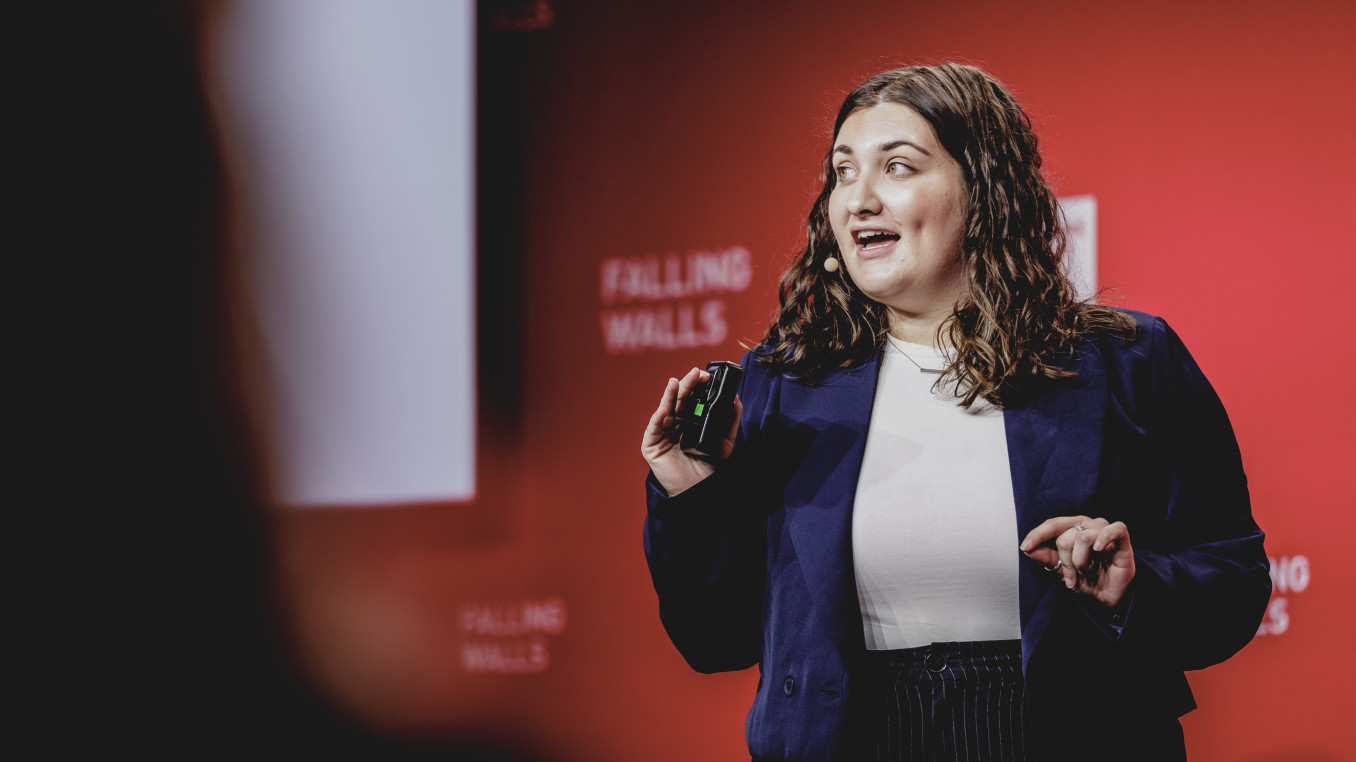Breaking the Wall of Ocean Microbes’ Survival Secrets
Breaking the Wall of Ocean Microbes’ Survival Secrets
Global Call 2025 Finalist Interview: Life Sciences
Paola Laurino is an accomplished chemist and pioneering leader in protein engineering and evolutionary biochemistry. She earned her Ph.D. in Organic Chemistry from ETH Zurich (Switzerland) in 2011, where she laid the foundation for her deep interest in understanding the chemical principles that underlie biological systems. Following her doctoral work, she was awarded two of Europe’s most prestigious postdoctoral fellowships—the EMBO Long-Term Fellowship and the FEBS Fellowship—which supported her research in the renowned laboratory of the late Prof. Dan Tawfik at the Weizmann Institute of Science in Israel. There, she investigated the evolution of enzyme function and mechanisms, contributing to our understanding of how proteins adapt and innovate in response to environmental and functional pressures. In recognition of her outstanding contributions, she was promoted to Senior Postdoctoral Fellow in 2015.
Which wall does your research or project break?
Our research breaks the wall between biochemistry and global ecology. We pioneer a quantitative link between molecular precision and planetary-scale biogeochemical cycles, redefining how microbial life is studied and understood. By revealing the role of ultra-affinity transporters in sustaining life in nutrient-scarce oceans, we challenge the traditional boundaries between disciplines and open new frontiers in systems biology, environmental modelling and synthetic biology. This work reshapes our understanding of climate and ecosystem dynamics and sets the foundation for future innovations in microbial engineering and global sustainability.
What is the main goal of your research or project?
The main goal of my research is to uncover how microbial life adapts to extreme nutrient limitations and to reveal the molecular innovations that sustain global ecosystems. Our work shows how the most abundant ocean bacteria thrive in nutrient-poor waters using ultra-efficient molecular transporters with femtomolar affinities (Kd ≥ 20 pM), uncovering hidden carbon sources that support marine life. By bridging atomic-scale biological mechanisms to global carbon cycling, we aim to reshape climate models, inform ocean conservation strategies and inspire new technologies for bioremediation and ultra-sensitive molecular diagnostics.
What advice would you give to young scientists or students interested in pursuing a career in research, or to your younger self starting in science?
Science is not a straight path—it’s a journey full of unexpected turns, failed experiments and surprising discoveries. To young scientists, I would say: stay curious, stay resilient and stay true to your questions. Choose problems that genuinely fascinate you even if they seem risky or unconventional. Don’t be afraid to cross disciplinary boundaries; some of the most exciting discoveries happen at the intersection of fields, where others haven't yet looked.
What inspired you to be in the profession you are today?
I was inspired by curiosity and the desire to keep my learning curve steep. Research allows me to constantly explore new questions, push boundaries and contribute to our understanding of life at the molecular level.
What impact does your research or project have on society?
My research uncovers how marine microbes survive in nutrient-poor oceans, reshaping our understanding of global carbon cycling and climate models. This knowledge supports better ocean conservation strategies and inspires innovative technologies for environmental sustainability and human health.
What is one surprising fact about your research or project that people might not know?
One surprising fact about my research is that it’s a truly international collaboration between Australia, Japan and Israel—and it brought me back to work with an old friend after many years apart.
What’s the most exciting moment you've experienced over the course of your research or project?
The most exciting moment was when we realized we could directly link detailed molecular mechanisms to global nutrient patterns, connecting microscopic biology to planetary-scale processes.

